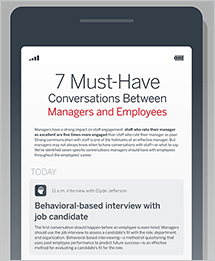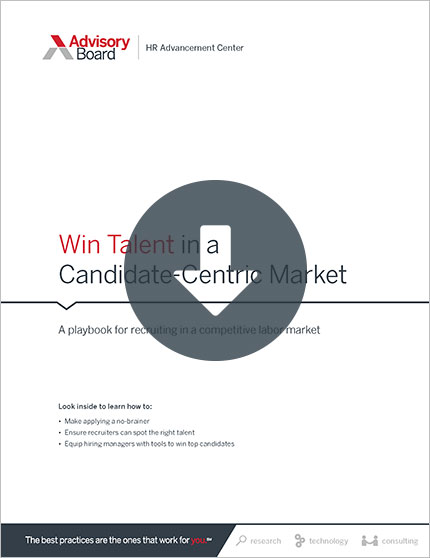Editor's note: This popular story from the Daily Briefing's archives was republished on Sept. 4, 2019.
Allowing certain health care employees to work from home can boost recruitment, satisfaction, and retention—but the practice can pose problems if employers don't implement the right standards and policies, Lena Weiner reports for Health Leaders Media.
According to Global Workplace Analytics, about 3 percent of the U.S. workforce telecommutes at least half the time, an increase of 103 percent since 2005.
Yvonne Chase, manager of patient access and billing services for Mayo Clinic's Florida and Arizona campuses, and Lynne Hildreth, director of revenue cycle and patient access at Moffitt Cancer Center in Tampa, says letting employees work remotely at their organizations has been worthwhile.
According to Chase, implementing remote work options has made recruiting easier and reduced turnover. And employees say they are happier because they can avoid long commutes and experience increased autonomy. "It's been a benefit," Chase says.
Yet letting employees in the health care industry work remotely also poses unique challenges. When Moffitt began allowing some employees to telecommute, stakeholders were concerned about the security of patient data. "Our collections team was nervous about employees working from home, and I can appreciate why," Hildreth says.
But Hildreth points out that other industries that deal with sensitive information also have implemented work-from-home policies. "If banking is doing it, we can do it," she says. To address privacy concerns, Weiner writes, both Moffitt and Mayo banned printing at home. "If the patient needs something printed, we have it printed in-house," Hildreth says.
Staying productive
Chase says it is also important to ensure workers stay productive at home. For instance, her Mayo Clinic campuses ensure workers have a clean, quiet place to work remotely. "We visit workers' homes and have them send us pictures of their home offices … and if workers move, they are obligated to let us know," she says.
In addition, both Mayo Clinic and Moffitt require employees who would like to work remotely to undergo a probationary period to ensure continued productivity. The organizations also use digital systems to monitor workers' output, such as using chat systems to take attendance. According to Weiner, managers can digitally track the productivity of "employees who work out of a queue, such as those in billing and coding," as well as those who "answer phone calls, such as customer service agents."
While Hildreth and Chase both acknowledge that working from home is a long-term trend that will only continue to grow, they say there are limits on the practice: Some roles—such as clinicians, greeters, and other high-touch patient care roles—will always need to be on-site. And some remote workers "will start to get lonely," Hildreth predicts, saying she expects some employees to "wan[t] to come back to the hospital setting soon" (Weiner, Health Leaders Media, 12/19/16).
12 practices to win talent in a candidate-centric market
Health care is in the midst of another labor shortage. Vacancies are on the rise and demand for health care talent will continue to increase over the next decade.
To win talent in today's competitive labor market, organizations must revamp their recruiting playbook to be candidate-centric—rather than employer-centric. Follow the 12 best practices detailed in this study to win a greater share of talent.
Don't miss out on the latest Advisory Board insights
Create your free account to access 2 resources each month, including the latest research and webinars.
Want access without creating an account?
You have 2 free members-only resources remaining this month remaining this month.
1 free members-only resources remaining this month
1 free members-only resources remaining this month
You've reached your limit of free monthly insights
Become a member to access all of Advisory Board's resources, events, and experts
Never miss out on the latest innovative health care content tailored to you.
Benefits include:
You've reached your limit of free monthly insights



